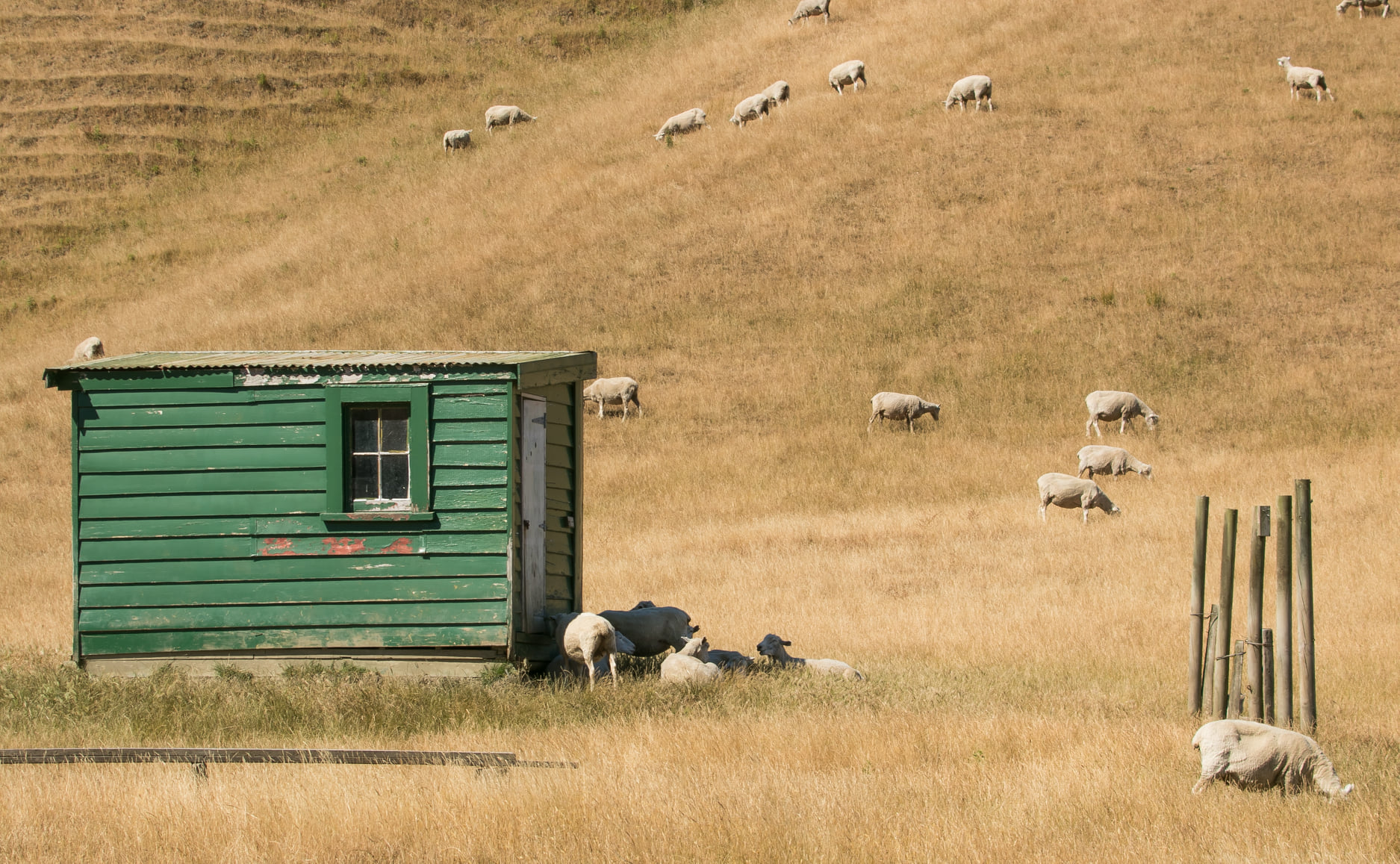Wool is natural, sustainable, biodegradable and versatile but NZ’s coarse wool industry is in more dire trouble than ever – a situation a new three-year strategy hopes to change.
It costs your average New Zealand farmer around $3 a kilo to shear your average New Zealand coarse-wool (not merino) sheep. That same average farmer will receive as little as $2 a kilo for that wool – a third of what they would have got five years ago.
That’s seriously flawed economics: a loss of up to $1 a kilo (or $160 a bale) for a product that was once the mainstay of the New Zealand economy. It’s lucky for farmers that sheep produce meat too.
Covid has played a part in the collapse of the wool market in recent times. Port closures and other supply disruptions meant China, our biggest buyer by some way, imported $100 million-worth less wool in 2020 than in 2019, a drop of 40 percent.
The decline continued in 2021, with total Chinese wool exports (not just from New Zealand) falling 17 percent last year.
But it’s not just Covid, and it’s not just China. As the chart below shows, three of our top five wool export markets fell between 2018 and 2020.
Beyond Covid, the biggest problem for the wool industry is the huge rise in production and use of synthetics. Whether it’s clothes, carpets, upholstery, bedding, even insulation, we love our cheap, easy-to-clean, synthetic products.
And we mostly don’t think about – or don’t know – the fact fibres such as polyester, nylon or polypropylene are made from synthesised chemicals derived from crude oil, making industries such as fashion and carpet manufacturing huge consumers of fossil fuels and equally huge emitters of greenhouse gases.
Nikki Mandow is Newsroom’s business editor and the 2021 Voyager Media Awards Business Journalist of the Year: Read the full article here
